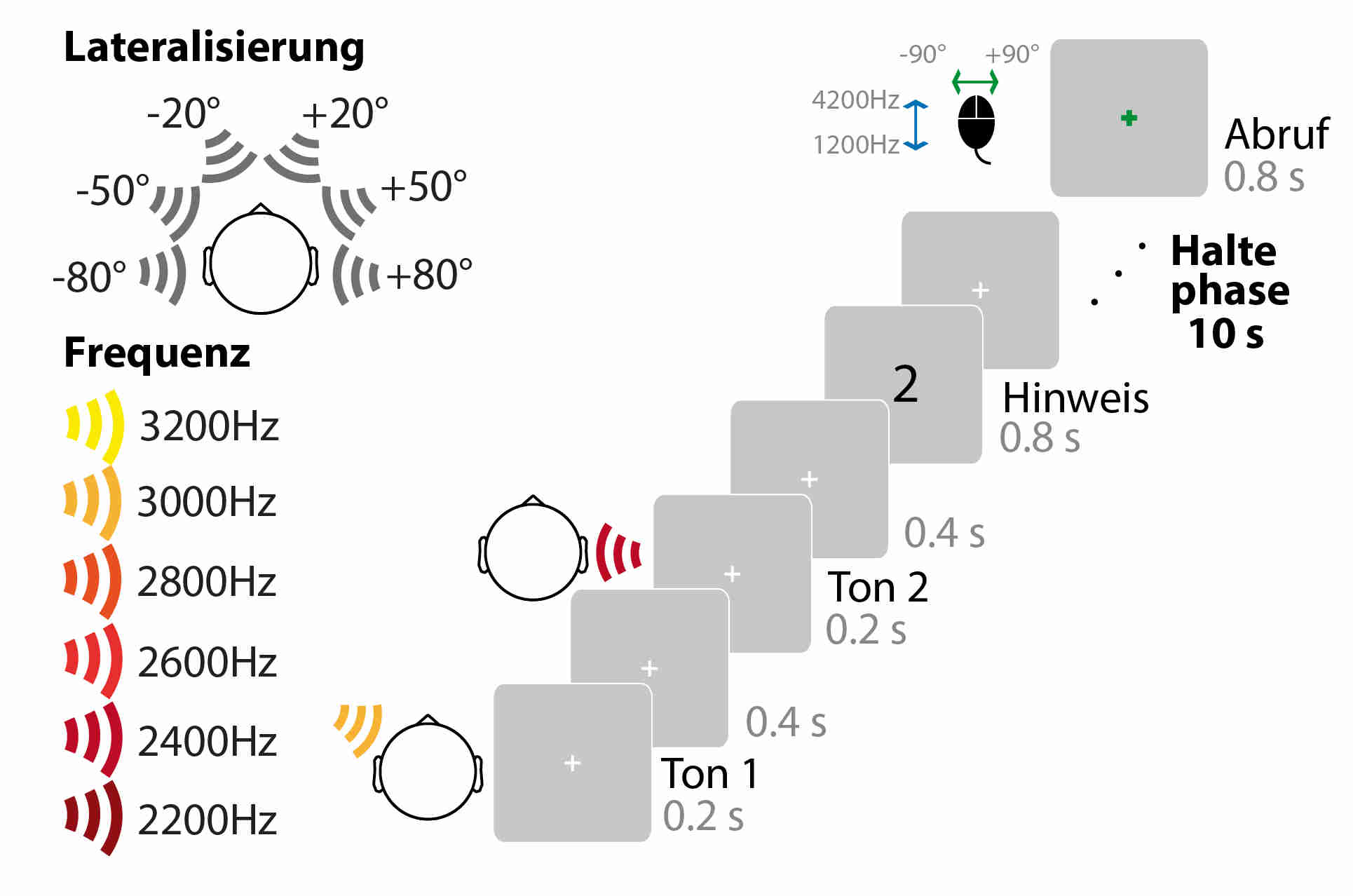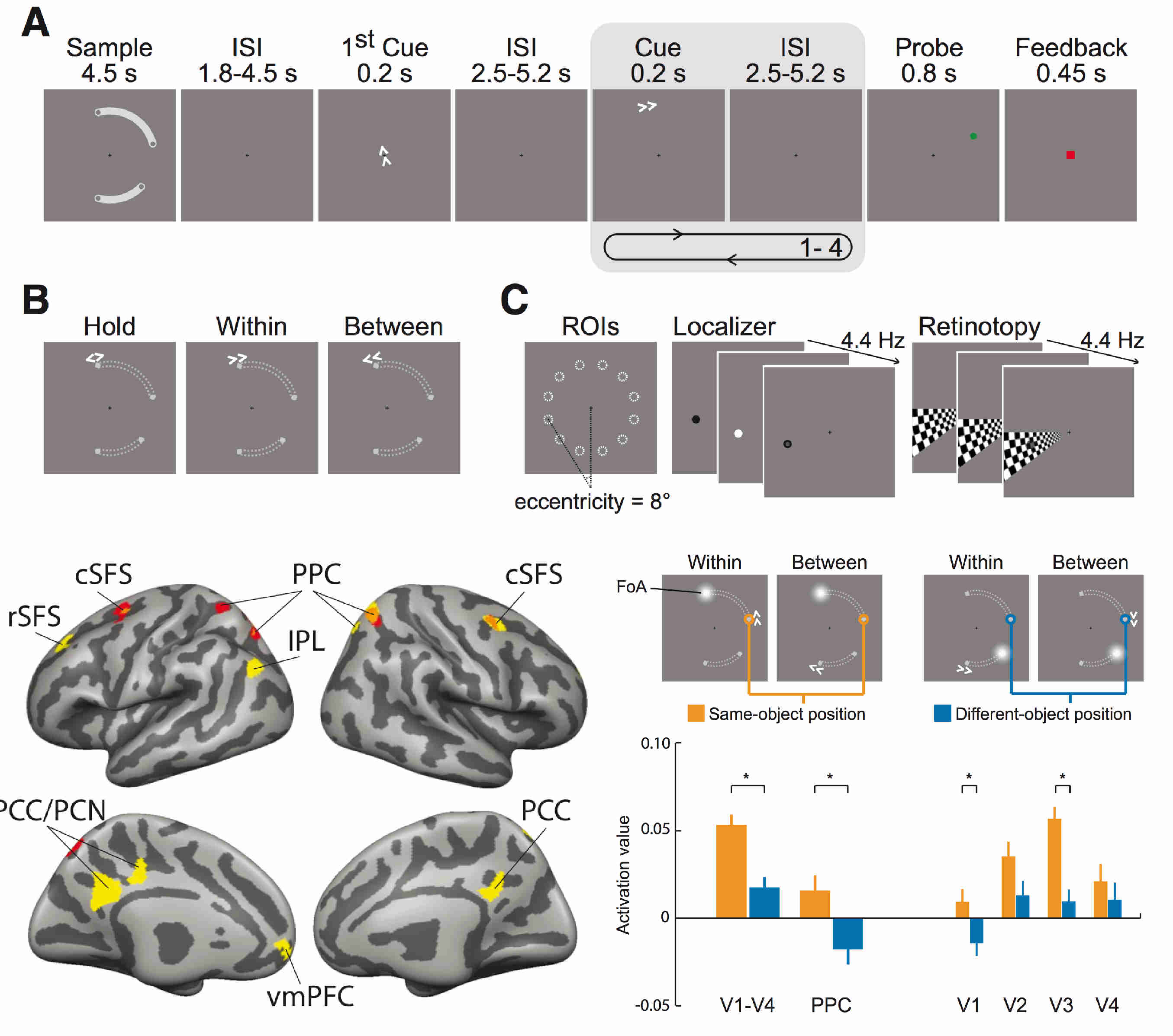The influence of synchronous physical activity on brain plasticity and
foreign language learning
Maren Schmidt-Kassow
Supported by the German Research Foundation (DFG grant SCHM 2693/1-1, 1-2, 2010-2018)
Numerous studies have provided evidence that physical activity promotes cortical plasticity in the adult brain via enhanced levels of the messenger BDNF (brain derived neurotrophic factor). Furthermore, BDNF has been shown to correlate positively
with performance during vocabulary learning. However, until now, the effect of synchronous physical activity (e.g. bicycling) on learning performance has not been investigated systematically. Recent data however suggest that the positive relationship
between physical exercise and encoding in long-term memory can be enhanced further when learning and motor activity are synchronized, i.e. when synchronous motor activity increases the temporal predictability of to-be-memorized information.
The current project aims at clarifying which kind of physical activity maximally facilitates long-term memory processing and which role the exact timing of activity plays. To answer this question we aim to combine approaches from different
disciplines. Thus, we will assess structural changes of brain areas involved in vocabulary learning as well as electrophysiological responses to memorized materials. In addition, physiological parameters will be collected to obtain a comprehensive
and detailed picture of the influence of synchronous physical activity on verbal learning.

